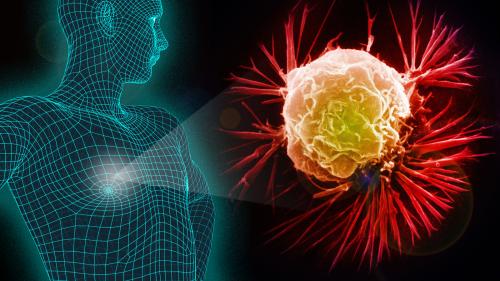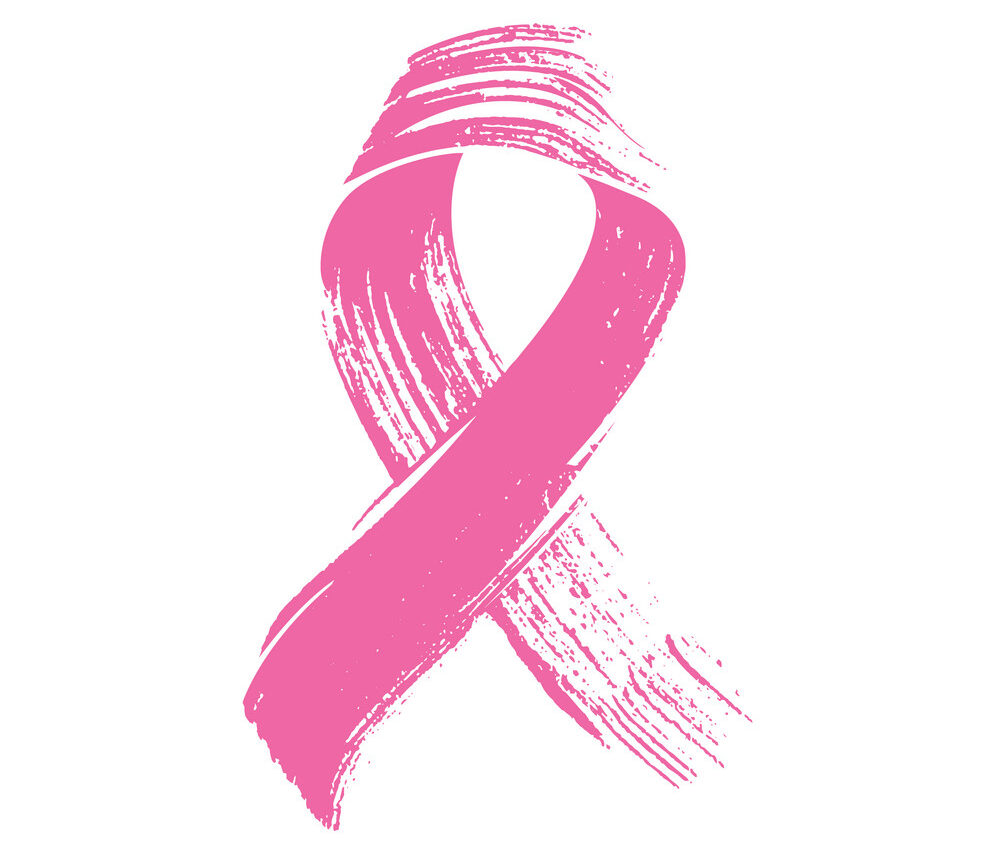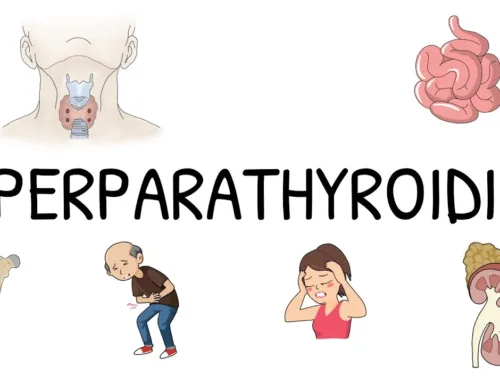Cancer is a disease that can affect any part of the body. It is caused by the growth and spread of abnormal cells that invade surrounding tissues and organs. Cancer cells may also metastasize (spread to other body parts) through lymphatic or blood vessel systems. There are 100+ types of cancer, with melanoma being one type.

Cancer
Cancer is a group of diseases in which abnormal cells divide without control and can invade nearby tissues. Cancer cells can grow together to form tumors, which can then spread to other parts of the body.
More than 100 types of cancer can occur in the body at any age. In general, cancers are named according to the part of the body where they start.
For example:
- “Lung cancer” means lung tissue was invaded by abnormal cells.
- “Breast cancer” means breast tissue was invaded by abnormal cells.
- “Prostate cancer” means prostate gland tissue was invaded by abnormal cells (the prostate gland is located just below the bladder).
Common Types Of Cancer
There are many types of cancer, and they affect almost any part of the body.
Common cancers include breast cancer and lung cancer.
We can treat Colon and rectal cancers with surgery or chemotherapy (chemo), while lymphomas may require a stem cell transplant.

Breast Cancer
Breast cancer is the most common cancer among women. It can occur in men and women, although it is most commonly seen in women over 50. Breast cancer is a group of cancers that share similar traits.
These include:
- Cancer that originates from breast tissue (ductal carcinoma)
- Cancer that originates from milk glands (lobular carcinoma)
- Cancer that originates from cells lining the ducts or lobes of the breast (infiltrating ductal carcinoma)

Signs And Symptoms
Signs and symptoms of breast cancer include:
- Breast pain.
- Nipple discharge (other than breast milk).
- Dimpling or puckering of the breast skin.
- Swollen lymph nodes in your armpits, neck, or upper chest. These can be felt as lumps under the skin.
- Enlargement of one or both breasts (even if they still feel normal).
In some cases, this change is sudden and noticeable; in others, it can be gradual over the years.
Signs that may indicate this include
- The nipple being misshapen
- The nipple becoming crinkled like creased paper
- The skin around the nipple feels hard to touch
- A rash around your nipples
What Causes Breast Cancer
-
Aging
As you get older, your risk for breast cancer increases.
-
Genetics
Your chance of developing breast cancer is higher if other family members have had the disease.
-
Lifestyle
Being overweight or obese can increase your risk for breast cancer; having a diet high in fat and low on fruits, vegetables and fiber also increases the chances of developing this type of cancer.
Smoking causes DNA damage that can lead to changes in the cell’s ability to repair itself. Too much alcohol can cause similar damage and interfere with estrogen production (a hormone that plays a role in healthy cell division).
In addition, drinking alcohol interferes with vitamin B12 absorption — another substance needed for proper cell division and repair processes.
Long-term use of contraceptive pills may increase breast cancer risk because they cause an imbalance between estrogen levels and progesterone (another female sex hormone) levels; they also raise prolactin levels by suppressing ovulation — an important part of maintaining normal hormonal balance during adulthood.
Hormonal changes occur during pregnancy but are usually temporary after giving birth; however, if those hormones remain unbalanced for longer periods, they could contribute to certain types of cancers, including breast cancers later on down life’s path.”
How It Can Be Diagnosed
Breast cancer develops in the breast tissue and can be diagnosed by looking for abnormal tissue growth. A doctor may observe certain signs and symptoms when examining your breasts, but most importantly, they will look for any lumps or masses that could indicate potential malignancy.
Breast cancer can be detected through various methods,
including
- Mammography (X-ray)
- Ultrasound
- Magnetic Resonance Imaging (MRI)
- Clinical Breast Exam
- Breast Self Examination
- Breast MRI Surveillance Program
- Fine Needle Aspiration Biopsy (FNAC)
- Computerized Tomography (CT Scan)
- Bone Scanning/Positron Emission Topography (PET)
Fatal Conditions Of Breast Cancer?
- Bladder cancer
- Bone cancer
- Brain and nervous system (central nervous system, peripheral nervous system) cancers
- Brain cancer
- Spinal cord tumors
- Meningioma
- Gliomas
- Acoustic neuromas.
- Breast cancer (including male breast cancer)
- Cervical Cancer
- Colorectal Cancer (bowel cancer)
- Kidney Cancer
- Kidney tumor or renal cell carcinoma
- Renal pelvis tumor
- Ureteral carcinoma
- Transitional cell carcinoma of the renal pelvis and ureteral fossa
- Collecting duct carcinoma of the kidney
Laryngeal Cancer –
Cancer of the voice box or larynx can be caused by smoking and drinking alcohol too much over long periods of time or exposure to industrial chemicals such as asbestos which causes constriction or narrowing in one part of the airway passage like the trachea leading into the lungs, so it becomes difficult for a person suffering from such condition to breathe properly due lack space between two affected bones.
When they come into contact with each other during the inhalation process, causing difficulty while breathing out through nostrils causing loss, weight gain, etcetera, symptoms suggest diagnosis requires urgent attention before it’s too late.
How Can We Prevent It
-
Eat a healthy diet.
A diet rich in fruits and vegetables may help reduce cancer risk.
-
Get regular exercise.
It’s important for overall health and helps to prevent obesity, which can be a risk factor for some cancers.
-
Limit alcohol drinking
Especially if you have a family history of cancer or are at higher genetic risk for cancers like breast or colorectal cancer because of inherited mutations in certain genes (BRCA1 and BRCA2).
- Stay out of the sun without sunscreen or protective clothing when ultraviolet (UV) rays are strongest. Generally from 10 am to 4 pm during summer. If you must be outside during those hours, try to stay in the shade as much as possible.
Use sunscreen daily on exposed skin that will not be covered by clothing; more if your skin is sensitive or burned easily.
Reapply sunscreen every two hours while outdoors, even if you’re wearing protective clothing such as hats and sunglasses; use lip balm with sunscreen whenever you spend time outside so that lips don’t get chapped or cracked from wind burn, which can make them more susceptible to UV damage.
How To Cure It.
Cancer is a disease that can’t be cured but can be treated. The most common treatments include surgery, chemotherapy, radiation, and hormone therapy.
If you have cancer, your doctor may advise one or more treatments as part of your care plan.
Suppose you don’t have cancer yet but are at high risk for developing it because of poor lifestyle habits like smoking or obesity (excess body fat).
In that case, your doctor will also advise lifestyle changes to lower your risk factors — such as quitting smoking or losing weight — and they may prescribe drugs to help prevent the development of malignancies.
Possible Treatments

There are five main cancer treatment types:
- Chemotherapy
- Radiation therapy
- Surgery
- Hormonal therapy
- Biological therapy
Each type of treatment has its benefits and side effects.
Chemotherapy is the use of drugs to kill cancer cells in the body. The drugs can be taken orally (by mouth) or intravenously (into your vein).
Side effects may include
- Nausea or vomiting
- Hair loss
- Loss of appetite
- Fatigue (tiredness)
- Low blood counts (anemia)
- Low white blood cells can cause infections or bleed
- Low red blood cells can cause anemia and other symptoms like Dizziness or shortness of breath.
- Higher risk for infection because your immune system isn’t working properly.
- Fluid buildup in the lungs if you already have liver damage from cirrhosis caused by hepatitis B virus infection.
Medications
Medications are used to treat women with breast cancer. Many medications are available in the market, some of which are generic.
These drugs’ most common side effects include
- Nausea
- loss of appetite
- Vomiting
- Constipation.
These drugs can be taken
- Orally
- Intravenously
- By inhalation
depending on their nature and mode of action.
Therapies
Many different types of therapies can be used to treat breast cancer. These therapies may be used after surgery or radiation therapy, or they may be used in combination with other treatments, such as chemotherapy. The goal is to shrink tumors and slow the spread of cancer cells to other parts of the body.
Surgeries
- Surgery is the most common treatment for breast cancer. It may be used to remove the tumor or the entire breast (mastectomy).
- Surgery may also be used to treat cancer that has spread to other body parts or when cancer hasn’t spread.
- Lumpectomy surgery is used to remove only part of a tumor. This surgery is often used for early-stage cancers and can help avoid having your whole breast removed.
- Mastectomies are generally performed if there are multiple tumors in one area, if lymph nodes under your arm have become enlarged from cancer cells spreading through them from your breast tissue, or if you’re at high risk because you’ve had radiation therapy previously for another kind of cancer treatment.
Surgeons can also perform mastectomies because they believe removing a woman’s breasts will reduce her chances of developing other types of cancer later. (i.e., prophylactic mastectomy).
In some cases—for example, when there isn’t enough healthy tissue left after removing an entire tumor—surgeons might leave behind small pieces called nipple-areola complexes attached alone without nipples or areolas!
Take care of your loved ones.

Want to help prevent cancer? Take care of your loved ones. If you notice any unusual changes in your body, get it checked. If you have a family history of cancer, get it checked. If you are over 40 years old and have a lump in your breast or if you have a family history of breast cancer, get it checked.
Cancer is the leading cause of death by the disease worldwide and has been for many years now! It can be avoided if caught early and cured when treated early enough—but only if it’s caught before it has time to spread through the body.
Conclusion
Cancer is a serious disease that affects millions of people worldwide each year. The good news is that many treatments are available to people with this condition and some ways to prevent it. There are many different cancer treatment methods, but the most important thing you need to know about them is that they will only work if you take them regularly. If you don’t take care of yourself, all these treatments won’t do much!




Leave A Comment